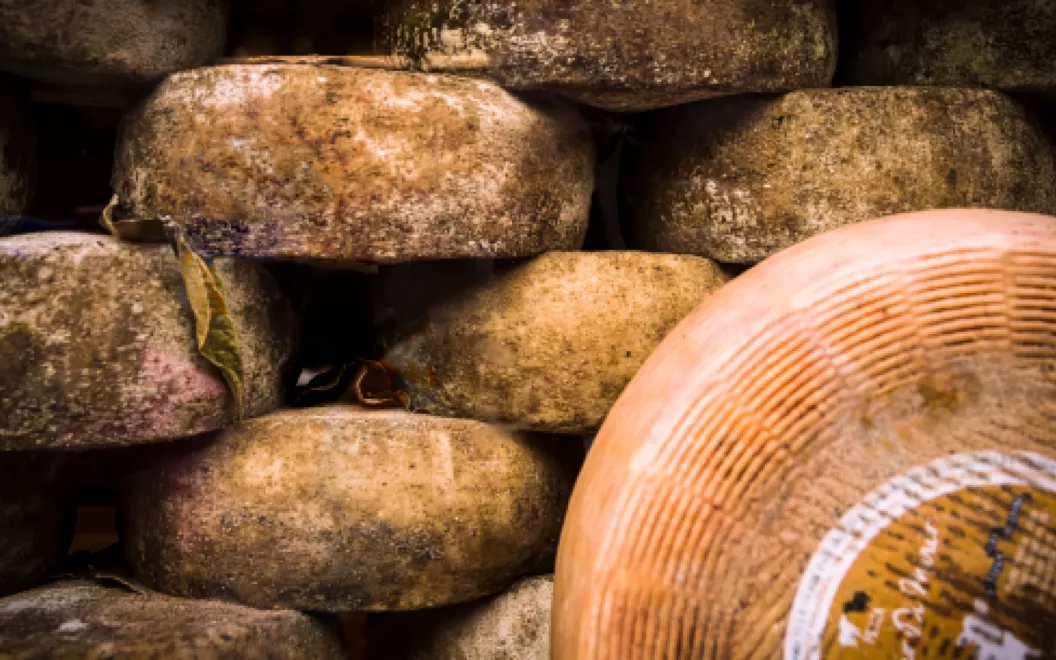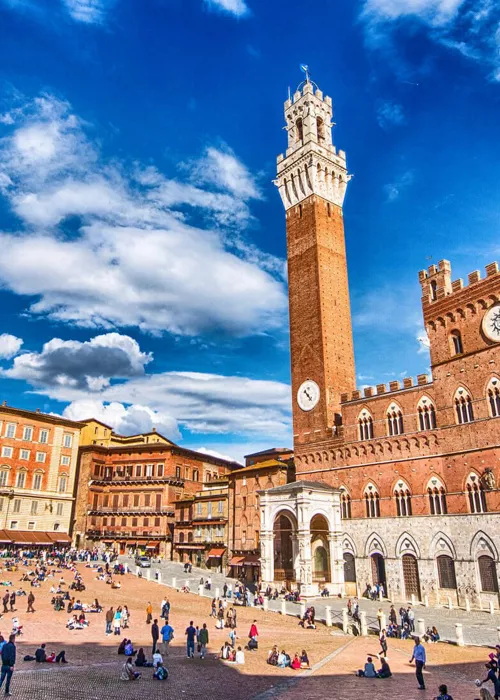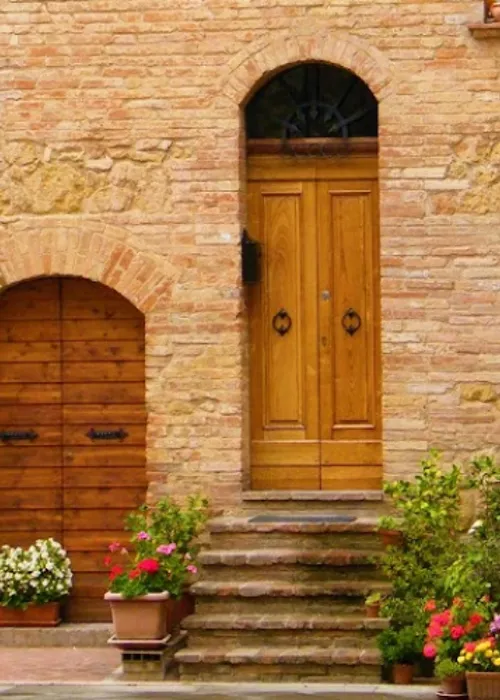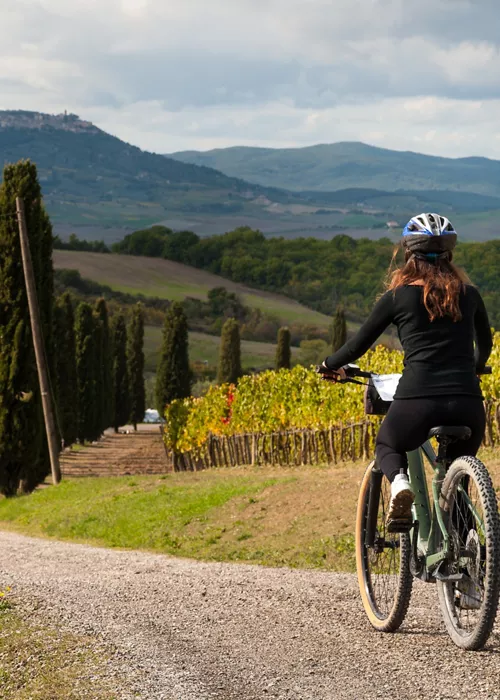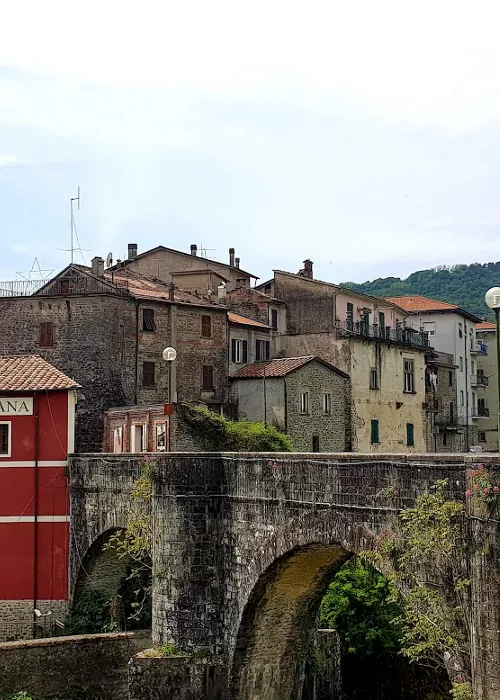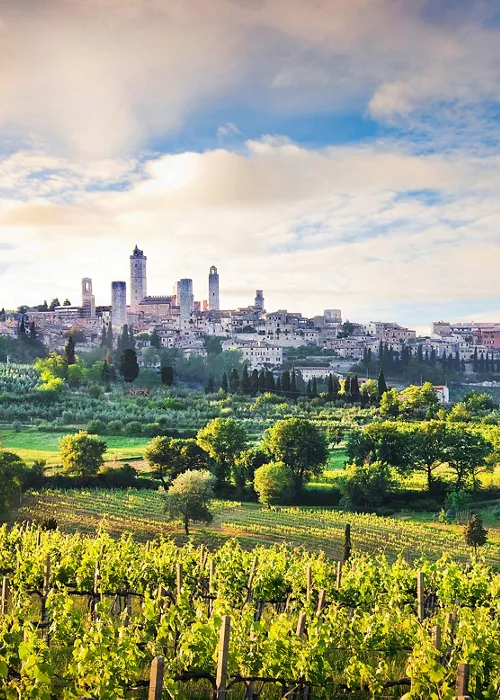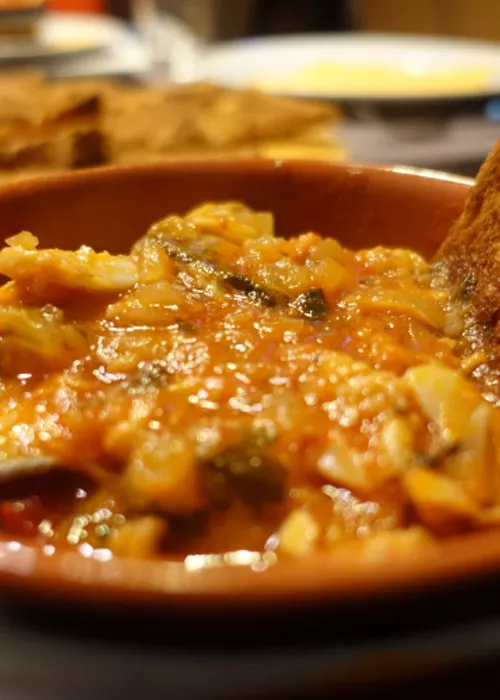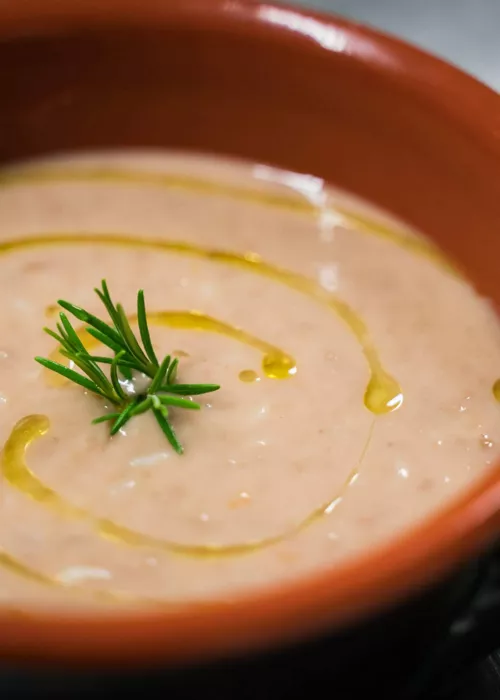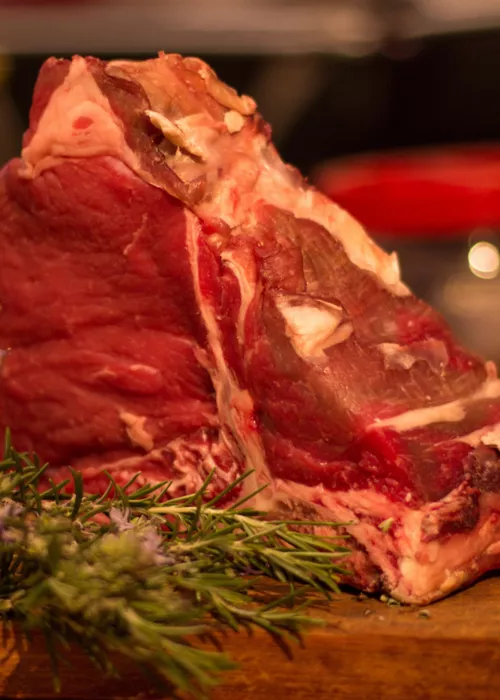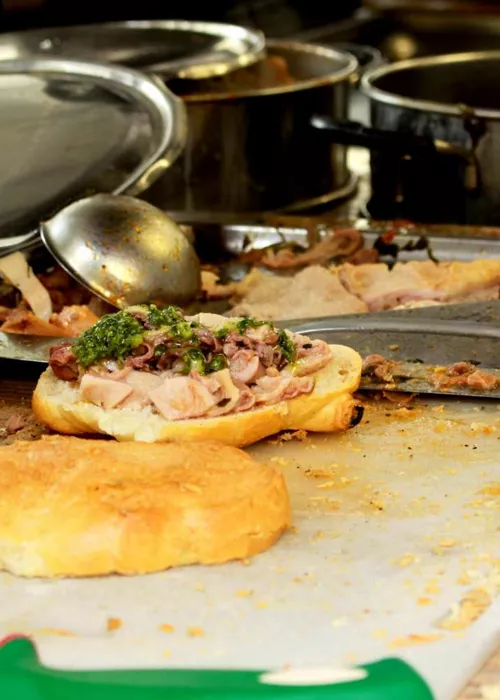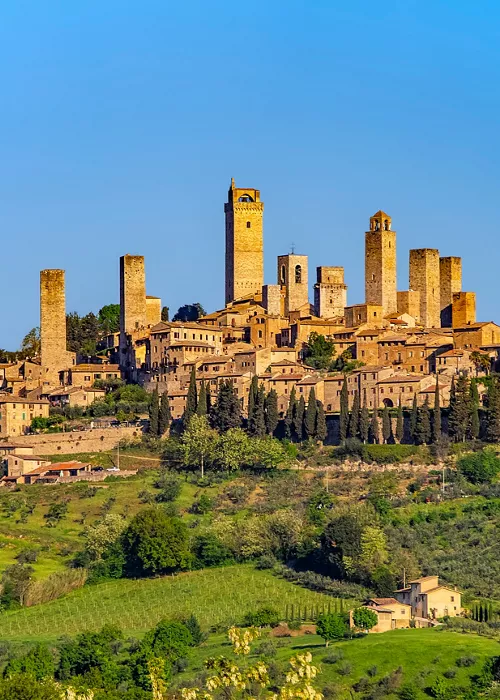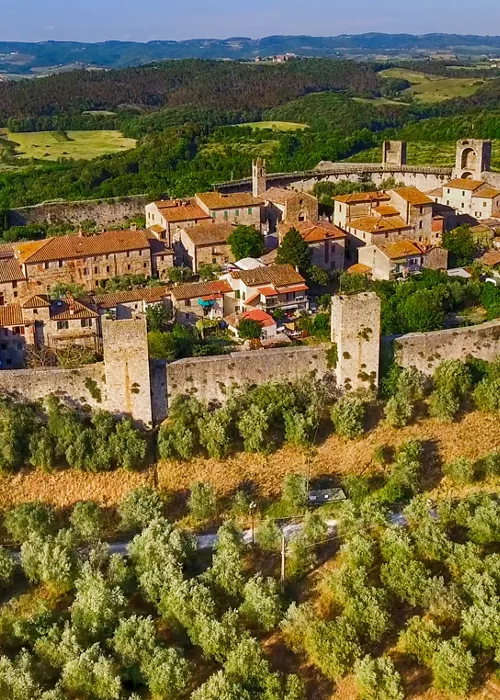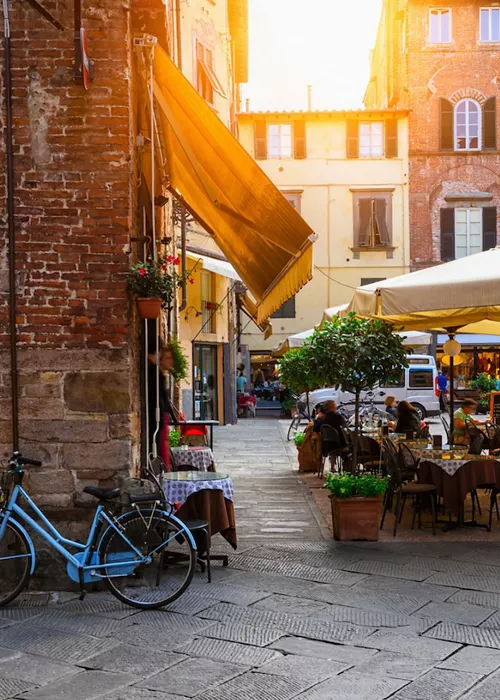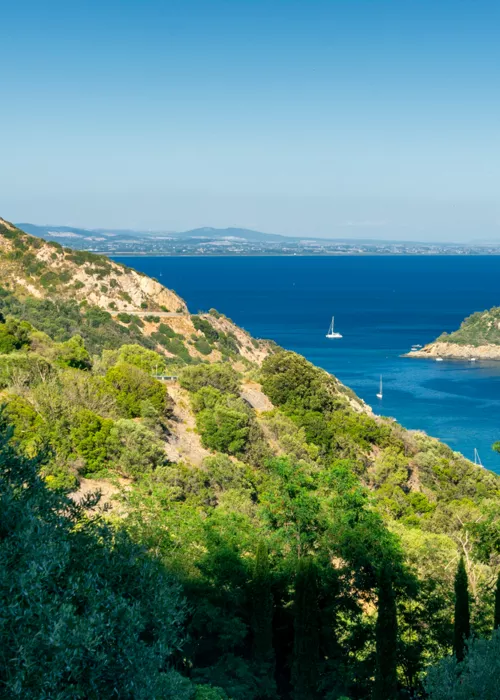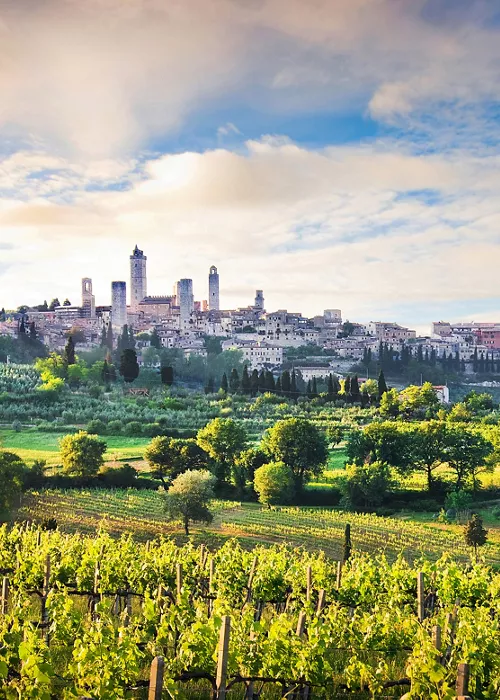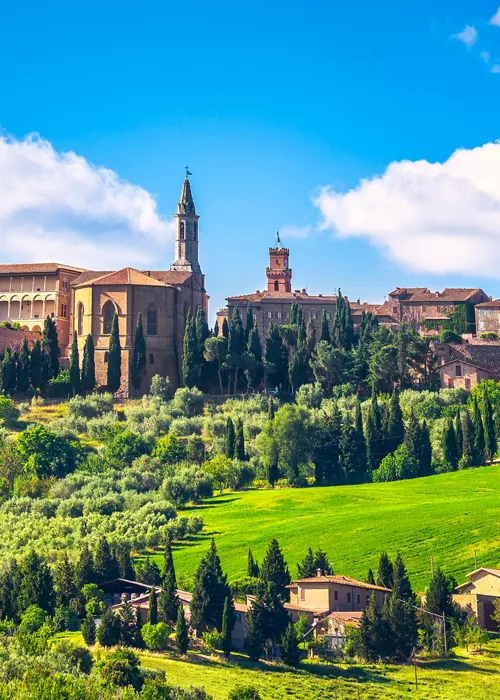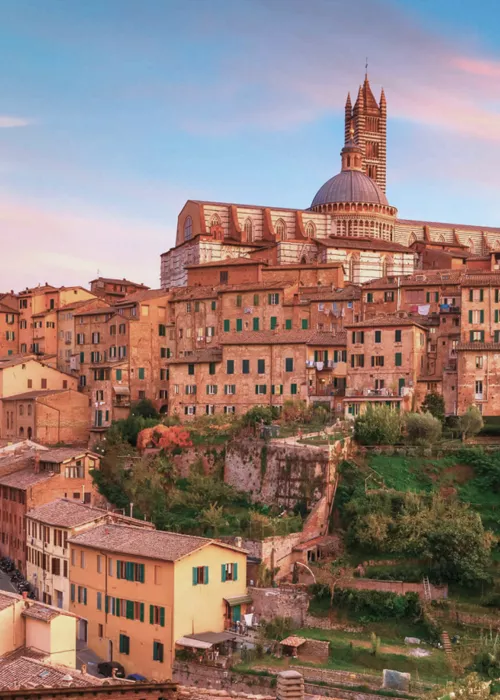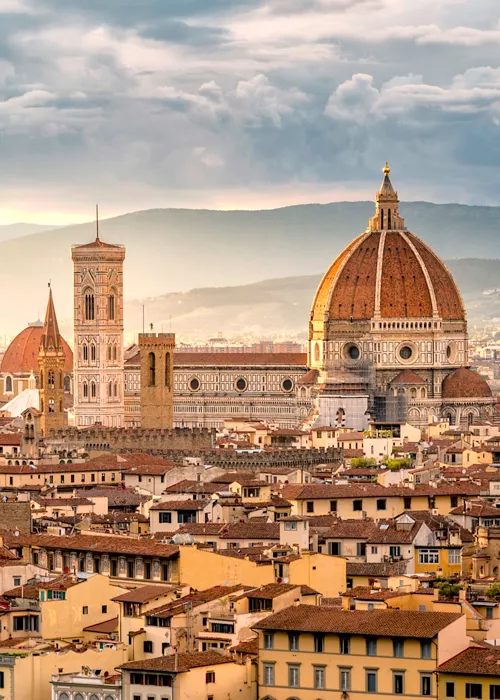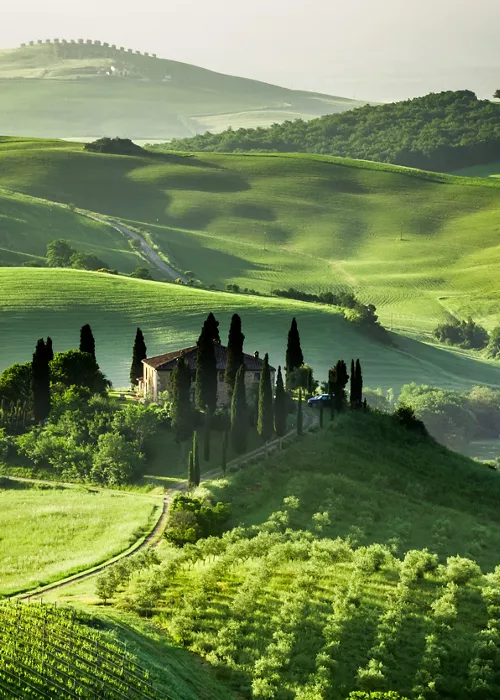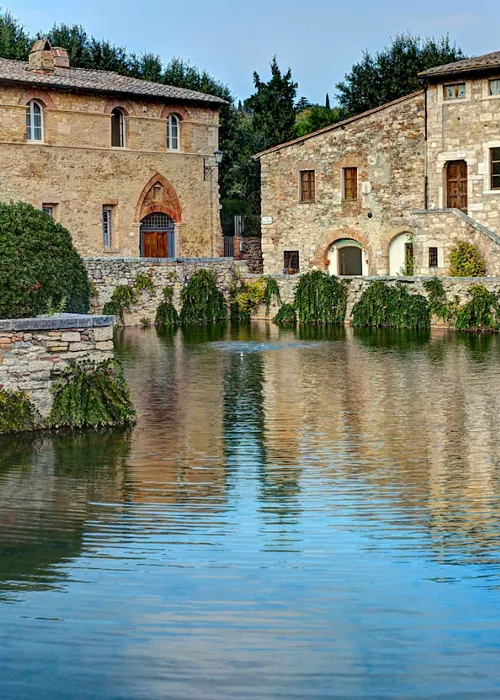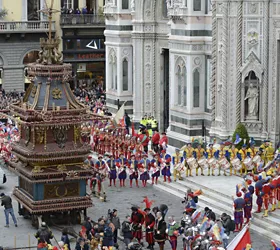The Tuscany region by way of Edu Guedes' pizza
3 minutes
The history of pecorino cheese and other culinary wonders of Tuscany
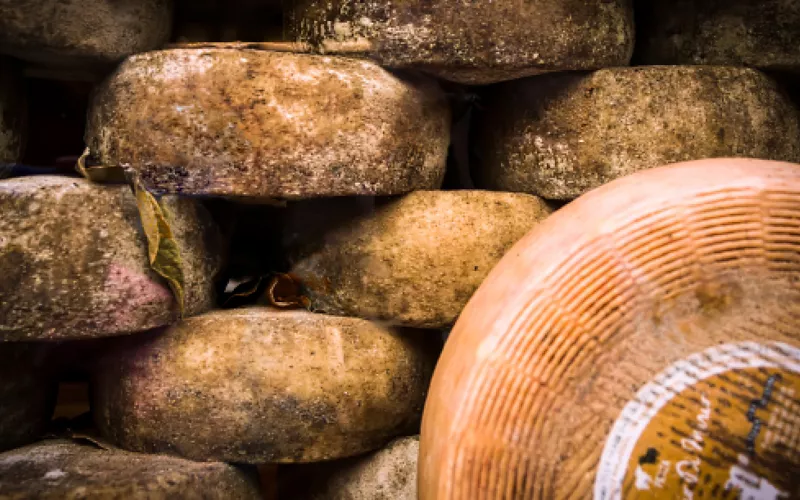
The Etruscans already practised sheep farming, on the same meadows where sheep still graze in Tuscany today: they were the pioneers in the use of vegetable rennet and the production of large wheels of cheese, with which a family could feed itself for a long time.
These are the roots from which Pecorino Toscano PDO was born. Its delicate flavour has always characterised it. Pliny the Elder is the first to speak of it, while in the 15th century, “cacio marzolino”, as it was called at the time, was a must on the tables of the Florentine nobility, becoming the favourite of Lorenzo the Magnificent.
Today, Pecorino Toscano is protected by the PDO label and is produced throughout the region, as well as in some neighbouring municipalities of Umbria and Lazio, with milk from the flocks that live and feed strictly outdoors on green fodder, which gives this “cacio” a lighter and more harmonious flavour than other pecorino cheeses.
It can be enjoyed fresh or aged, on its own with a good glass of red wine or in more elaborate dishes, such as Pici cacio e pepe, a Tuscan variation of the Latium recipe with fresh pasta typical of the Siena area.
Very special is the Pecorino delle Balze Volterrane DOP, produced since the 15th century in the Volterra area, its “balze”, or chasms created by the erosion of clay soil. The main characteristic derives from the use of vegetable rennet, made from the flower of the wild thistle or artichoke.
A legendary taste is the Pecorino di Pienza, produced exclusively in the village of Val d'Orcia, where the fragrant herbs and clay soil of the pastures give it a particular herbaceous aftertaste, with notes of laurel and chestnut. Perfect to enjoy together with something sweet, perhaps like the Miele della Lunigiana (acacia or chestnut honey), which originates in the mountains of northern Tuscany, and was the first in Italy to obtain PDO certification.
Beyond pecorino
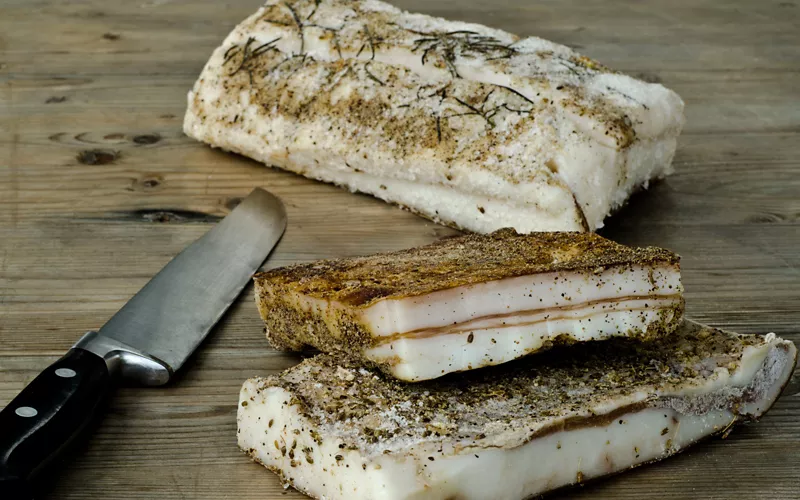
The Tuscan agri-food basket, in fact, is full of treasures: there are 31 PDO and PGI products. There are unique cured meats, such as the famous Lardo di Colonnata IGP produced in the small village in the province of Massa Carrara and left to mature inside the traditional marble basins; or the Finocchiona IGP, the sausage similar to salami characterised by the presence of fennel seeds: in fact, in the Middle Ages it was used to replace pepper, which was rarer and more expensive.
There is no shortage of unique delicacies, such as Zafferano di San Gimignano DOP, saffron that is still harvested and cultivated by hand, flower by flower: 15,000 are needed to produce one kilo. Pine kernels are also valuable, particularly those harvested on the Pisan coastline in the historic pine forests of the Migliarino, San Rossore and Massaciuccoli Park, which are extracted from the pine trees using traditional methods and without any chemical treatment.
From the long peasant tradition come chestnuts, which until the post-war period were the staple for the inhabitants of mountain areas, such as the PGI Chestnut of Monte Amiata, the PGI Chestnut of Mugello or the PGI Chestnut of Caprese Michelangelo, the village in Valtiberina named after the genius to whom it gave birth: Michelangelo Buonarroti. From these nutritious fruits, chestnut flour is also prepared in Lunigiana and Garfagnana, where it is called farina di neccio: a sweet-tasting ingredient at the base of typical desserts such as Castagnaccio.

